From climate change to astronaut poo it was another interesting week in science and technology stories. Here are the ones I have selected to share with you:
- Climate Change Study Goes Back 11,300 Years with Startling Conclusions;
- The Biggest Challenge for Human Flight to Mars and Back;
- Isolated Antarctic Lake Under 3.5 Kilometers of Ice Yields Living Microbes;
- Pluripotent Stem Cells Discovered in Breast Tissue;
- A 3D Computer Interface Called “SpaceTop.”
New Climate Science Study Reconstructs a History of Global Temperatures
In a study reported in the journal, Science, Oregon State University researchers have extended the reconstruction of Earth’s climate history in great detail going back to the beginning of the Holocene, the end of the last Ice Age and the beginning of the agricultural revolution. In Al Gore’s Inconvenient Truth the graphs he displayed showed a hockey stick curve starting 2,000 years ago, pretty much the information publicly available on temperature tracking at the time. The source of this data was largely tree rings. But the Oregon team expanded its research to the ocean looking at fossilized shells and plankton. That’s because scientists know that they can determine through chemical tracers in fossils what ocean temperatures were like at the time of death. And, of course, ocean temperatures reflect the temperatures of the atmosphere above them.
With these new sources the researchers have revised and extended our view of climate history. You can see what they discovered in the graph displayed below showing the old data from climate change graphs compressed on the right in gray with the mean new data shown in purple. What is evident is rapid warming at the beginning of the Holocene, seen on the left, followed by a peak temperature at around 7,000 years ago, and then a steady cooling the closer we get to today. That is until we arrive at the last hundred years when we see temperatures begin to rise and then go “shooting through the roof,” (not my words but those from the authors of the study).
The graph illustrates how today’s rapid warming is unprecedented in the period studied and that we are seeing temperature levels at almost their highest peak today. In a quote from the study the authors state, “current global temperatures of the past decade have not yet exceeded peak interglacial values but are warmer than during ~75% of the Holocene temperature history.” With atmospheric CO2 continuing to rise along with ocean temperatures, current trending suggests we will hit new record highs by 2100.
Dennis Tito Plans to Send Two Humans to Mars in 2018 – What’s the Biggest Challenge?
For a couple of space tourists, a trip to Mars and back lasting 501 days is fraught with many risks. Probably the biggest is exposure to cosmic rays during a prolonged period of space flight. Today human spacefarers to the International Space Station are within close proximity to Earth shielded by the tenuous upper atmosphere and the Van Allen Belts, the latter whose magnetic properties channel cosmic radiation away from the space station to the poles creating auroral displays. But when we venture beyond low-Earth orbit into Deep Space, there is no protection against cosmic rays other than the protective shell we build around a space capsule.
Cosmic rays were first discovered by Austrian physicist, Victor Hess, in 1912. Composed of fast moving elementary particles that can penetrate through most materials, we have known for a long time about their potential lethality. On a long voyage like the one anticipated for 2018 the dose of radiation received by a human crew would certainly be significant enough to cause cancer. That’s why NASA and other space agencies have been looking at ways to provide cosmic ray shielding for human voyages to Deep Space. The most obvious solution is provide thicker walls on spacecraft. But this presents a problem because of the cost of getting materials into orbit from the gravity well that is Earth.So NASA has gotten creative. Why thicken the walls with aluminum or another metal. Why not create abarrier to cosmic rays by using the byproducts of the human crews on spaceships, the exhalations and expulsions that are part of eating, breathing, and washing.
One idea is the Water Wall depicted in the illustration below. You can click on the image to enlarge it. A Water Wall would be part of a closed loop life support system with the shielding consisting of an encapsulated honeycombed series of bags of water recovered, recycled and reprocessed from urine, washing, and solid wastes. Water Walls would use forward osmosis to cleanse the wastewater. The water would be a second skin around surrounding the crew capsule to provide adequate shielding against cosmic rays. Even the solid wastes could be used to add an extra layer of defense. So literally our spacefarers in 2018 may find themselves sheltered behind a wall of solid waste and cleansed urine.
Latest Microbial Find in Antarctic Lake Exciting for Exobiologists
Lake Vostok has been sealed under the Antarctic ice for more than a million years. It is one of several sub-glacial lakes that research scientists have been attempting to explore by drilling down through the massive continental ice dome. Lake Vostok is also the deepest of the lakes being explored and the one that has been isolated from the rest of the planet the longest.
In a multi-year project Russian scientists were able to drill through more than 3.5 kilometers (2.2 miles) of ice to get to the lake below. They took extreme precautions to ensure that drills they used would not contaminate the water once they broke through to the lake. In May 2012 the scientists at the genetics laboratory of the Saint Petersburg Institute of Nuclear Physics announced they had discovered bacteria containing DNA that “did not coincide with any of the well-known types in the global database.” In other words an unidentified life form. If it had been found on Mars no one would question its exotic origins. But here on Earth concerns were expressed that the drilling was responsible for introducing the life found in the lake.
But with nothing similar to it on the planet, the life found in this lake buried under kilometers of ice, life for 10,000 centuries, represents an exciting discovery, particularly for exobiologists who are studying the potential for life to exist elsewhere in the Solar System. The likely places are the polar ice caps or subsurface ice detected on Mars, the ice moons of the gas giants, or the icy asteroid Ceres.
Stem Cells Are Showing Up in Places Where We Didn’t Know They Exist
The latest pluripotent stem cells, pluripotent meaning non-embryonic, have been discovered by scientists studying adult human breast tissue. The study appeared in the March 4th Proceedings of the National Academy of Sciences.
This discovery was made at University of California San Francisco. The cells are capable of turning into almost any body tissue including organs, bones, muscle and cartilage. Watch the video showing how they can turn into beating heart cells. No therapeutic use for the breast stem cells yet exists but the potential for them to heal wounds or generate new organs is very exciting.
Pluripotent somatic stem cells are derived from adult tissue. They provide an alternative to those coming from embryos and unlike embryonic stem cells, which are immortal, that is they keep dividing and growing indefinitely, the adult cells have a limited lifespan. The limit is 60 doublings. That may not sound like much but a single pluripotent stem cell doubling 60 times produces more than one billion descendants. That’s more than enough to go around when restoring damaged or diseased organs and tissue. And with this discovery, stem cell researchers are looking for other sites within the body where pluripotent stem cells may lurk.
Coming to a Desktop Near You – Gesture Controlled Spatial 3D
I am typing on a conventional desktop computer albeit with multiple screen displays. But imagine if you could see through your screen to objects that display in virtual 3D.
That is SpaceTop, a computer interface developed at the Microsoft Applied Sciences Group, MIT Media Lab. It combines two and three dimensions in a single desktop workspace. Users can do all the things they normally do with a computer like typing or using the mouse. But SpaceTop adds a third dimension making it possible to manipulate objects that appear both near and far floating through the screen.
Use your hands to drag objects backward and forward. Pull an object in background into the foreground. Type two dimensionally and then borrow the content you create and drop it into a 3D object. Watch the video to see SpaceTop in operation. This may soon be the way you’ll be using your next computer.
A Postscript
In another week-and-a-half our house goes on the market. It’s been 18 years since we last moved, and 34 years of living in the same neighborhood. I’m hoping I can continue to post daily blogs all during this hectic period but please forgive me if on occasion I miss a day or two.
As always I thank you for continuing to visit 21st Century Tech Blog and look forward to your comments and questions.
– Len Rosen

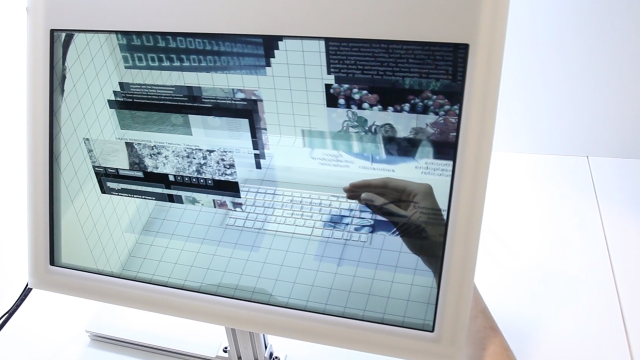
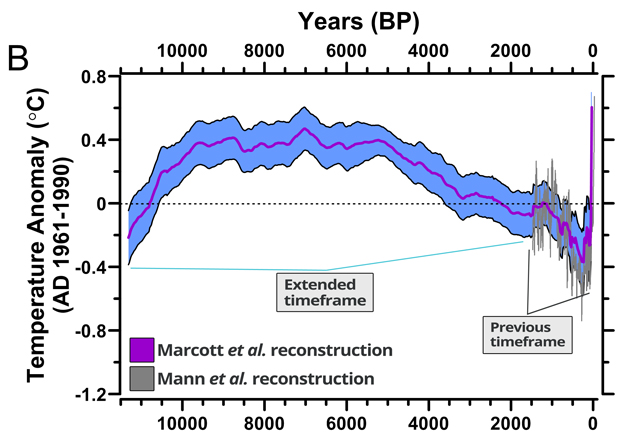
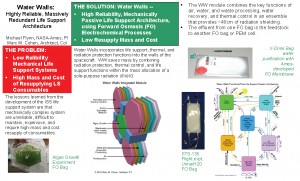
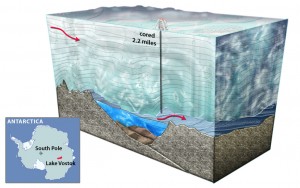
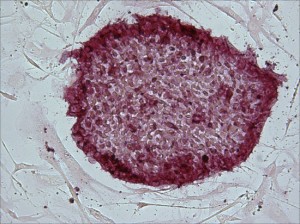
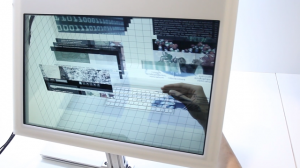















A postscript on the Lake Vostok new biology report. Now Russian scientists are retracting previous statements saying that what was discovered in the lake was contaminant from the drilling process. Spcifically, the person in charge at the St. Petersburg Institute lab that studied the Lake Vostok samples stated, “we found certain specimens, although not many, but all of them belonged to contaminants.” By contaminants he meant microorganisms that may have been introduced through the bore-hole. He continued, “there was one strain of bacteria which we did not find in drilling liquid, but the bacteria could in principal use kerosene as an energy source. That is why we can’t say that a previously-unknown bacteria was found.” Kerosene was used to lubricate the drill as it descended through the ice to the lake. The plan is to take new water samples and test them rather than announce that new life has been discovered in the sub-glacial lake. Apparently the results will not be announced until next year.